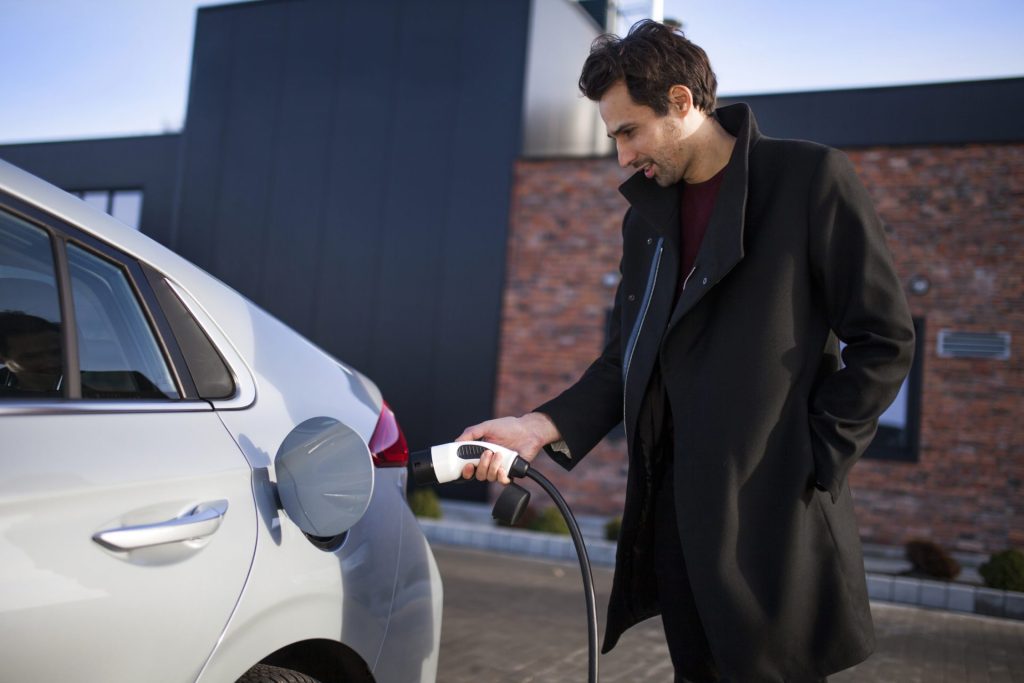Have questions about electric vehicles (EVs)? CAA’s car experts are here to answer your questions.
In the summer 2022 issue of CAA Magazine, there was an article about charging EVs, which mentioned, “Charging an EV’s battery does take longer than filling a gas tank, though. Many variables affect battery charging speed, but in general, a 15-to-20-minute stop at one of the latest generations of fast chargers can net an extra 300 km of driving range.”
Is there a charge (pardon the pun) for charging an EV? Is it like paying for air to inflate your tires? If you do have to pay to charge an EV, how is the price calculated? Per minute, for example? Also, is the actual process of charging an EV at a charging station a simple one? —Min Raber
Answer:
There are more than 1,700 publicly available charging stations in Ontario. Many of them are free to use while parking and visiting businesses like grocery stores or shopping malls. However, some stations have a fee. Level 2 pay-per-use stations average about $1 per hour or $2.50 per charge. Most level 3 stations are pay-per-use and bill per minute for an average cost of $15 per hour, as they can generally charge the vehicle battery from zero to 80 percent in 30 to 45 minutes.
For most EVs, level 2 and level 3 chargers are standard for all makes and models, and charging them is fairly straightforward.
I realize that the EV market is fairly new, but I am looking at purchasing one in the next two years. Living in Ontario, how do the winters affect an EV battery? Do you see corrosion with salted roads in the winter?
Also, does the temperature affect the operation of the car? I grew up in a cold climate where I needed to plug my car in at night to keep the engine warm. Is this the case with EVs, as well? Do they freeze up? —Helen Hutteri
Answer:
Apart from the drivetrain, an EV generally has the same mechanical operation as other vehicles. Operating an EV in cold weather can instantly lose approximately 12 percent of its battery range. This can increase to 40 percent when you’re using such features as cabin or seat heaters, defrosters and other accessories that combat the cold weather. Keeping the vehicle charged when not in use is key to reducing range anxiety during the cold winter months.


